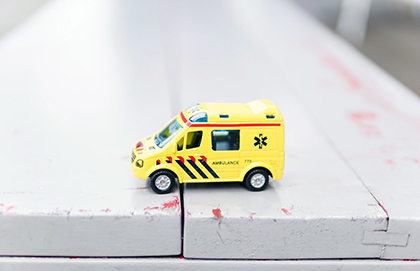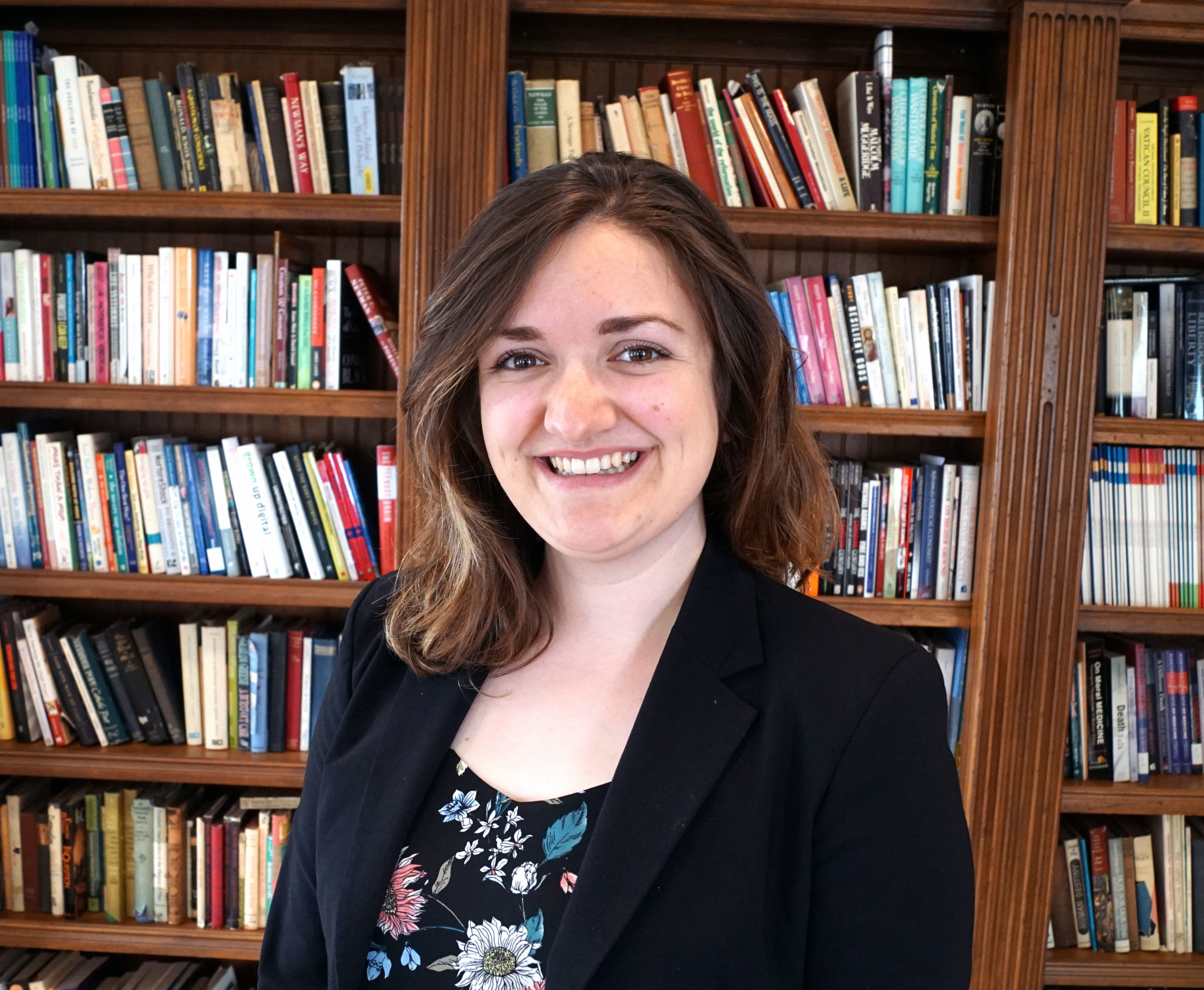The Ontario government’s pilot project to allow paramedics the option to treat palliative patients on scene instead of bringing them to an emergency room, is a step in the right direction, says paramedic Greg Kung.
“It’s a good example of a very small change that seems very common sense, but can actually have a huge ripple effect in the entire healthcare system.”
Ontario Health Minister Christine Elliott announced Monday that the one-year pilot project to address the issue of hospital overcrowding begins in April. Currently, paramedics must bring patients from 911 calls to emergency departments, but this trial project will mean patients can be treated at home, instead of unnecessarily going into emergency rooms. This will, in theory, free up space in hospitals—an important move as the province attempts to address issues of crowding.
The province is also working towards providing paramedics with the option of bringing patients to locations other than emergency rooms. Kung is optimistic, acknowledging the government’s awareness of and addressing the crowded hospitals and overworked staff. Kung and his team have long been pushing to allow paramedics to bring patients to places other than direct routes to emergency rooms. And he believes this could have a significant impact.
“The load on paramedics will perhaps not lessen, but they'll be freed up to actually go to more higher acuity calls or calls where patients actually need them the most.”
CBC News reported this past fall overcrowding in Ottawa hospitals as becoming a serious issue, highlighted with 329 cases of “level zero” in the first eight months of 2019—referring to a lack of available paramedics to respond to emergency calls. But Kung says the issue is not new.
“I think it's come into focus a little more in recent years with some of the unfortunate deaths that have occurred while on level zero.”
But what causes the crowds? The issue is twofold, but comes down to the reality of a growing, aging population. Kung, who primarily works in Lanark County but also serves in surrounding cities, says many of his patients are palliative, do not benefit from emergency room care and would be better served elsewhere.
The emergency room might do more harm than good. If palliative patients come into hospital, they’re not only filling up beds unnecessarily, but could be further jeopardizing their own health given the germs and external environment. Not to say palliative care patients shouldn’t be calling in to 911, but the prospect of further government projects allowing the possibility of bringing patients elsewhere may provide formidable solutions to relieving strains on the hospitals.
“Having to bring a dying individual into a hospital, waiting on a stretcher for hours, is quite possibly one of the worst things that I could even imagine having to put a patient through,” says Kung.
And while emergency physician Dr. Andrew Taylor agrees that there are more people in emergency care than needed, he sees a secondary issue that causes the crowds, where the lack of long-term care facilities is leading to strains on the hospitals. Where Dr. Taylor works in Eastern Ontario, “level zero” isn’t as prominent of an issue. Rather, the problem comes downstream from mainly elderly patients awaiting long-term care. He estimates one-sixth of patients in the rural hospital are awaiting a move to long-term care, but there is limited available space in those facilities, which are privately owned.
This leads to packed hospital floors, trickles down to long waits in the emergency department and strain on those caring for them. When there aren’t enough beds, his department lines the hallway with occupied stretchers, where patients stay until they are seen.
Not only is the environment difficult on the patients, but the healthcare professionals, too, says Dr. Taylor. The more admitted patients, the fewer beds and the more stressful the work becomes with fewer resources. While he is still able to perform his duties, under the constrained work, Dr. Taylor takes issue with not being able to have more time with each patient, addressing their concerns, validating what they are going through. The problem, for him, is not simply about structural concerns, but the anxiety and distress patients often feel and his limited capacity to help.
“Taking time with a person gives a whole lot more dignity to that individual rather than thinking they have pneumonia, just prescribe them an antibiotic. It takes such a materialistic view of the person to do just that, but to take the time to actually address the person's concerns humanizes them again, says Dr. Taylor.
“We can't always deliver the care that we want to deliver because we're oftentimes overburdened.”
The first thing he always asks his patients is how long they’ve been waiting, and typically follows up with an apology for the amount of time they’ve had to queue. While it doesn’t give them their time back, he says, it usually eases the patient’s stress of having waited in some cases for several hours.
Kung, in turn, holds true to his Christian approach to healthcare: that patients should be the main stakeholders, and put first before any hospital efficiencies or bottom lines.
“That is, in my opinion, the Christian way to apply healthcare, regardless of what level. Whether it's in the emergency department, at the doctor level, or whether we're out on the road delivering healthcare to patients in their home.”






